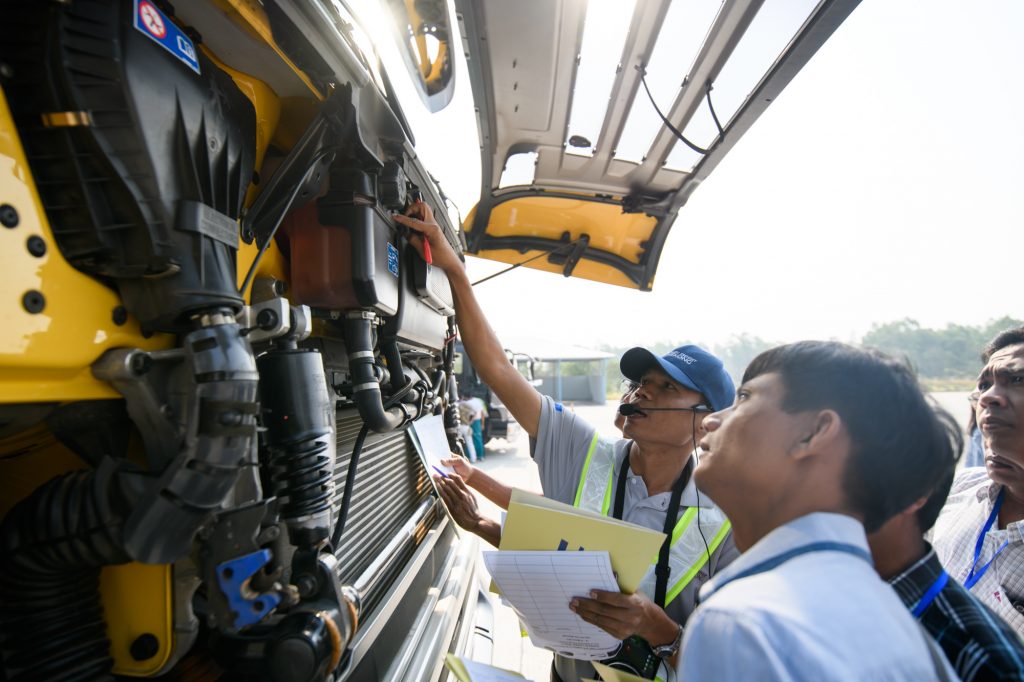
An effective and simple to implement fuel saving technique is to eliminate unnecessary engine idling – the time the engine spends running when the vehicle is not in use. Idling can use up to 2 litres of fuel per hour, emitting over 5 kg of CO2. Public authorities and fleet managers can either promote behaviour change of drivers through public awareness campaigns or introduce technologies available to help reduce engine idling.
This guide by London’s Fleet Operators Recognition Scheme is designed to inform fleet managers about available anti-idling technologies and how to procure them in order to ensure benefits for both business as well as the environment. The guide also busts myths about idling that are common among drivers and includes two case studies.
Name of the Document: Idling Gets You Nowhere: A Procurement Guide for Anti-Idling Technology
Organisation: Fleet Operator Recognition Scheme (FORS)
11 Pages | 2016
Download here
The Idle Free Campaign of the Department of Environment Maryland has a rich set of materials that are available for anyone to use and free of copyright restrictions. Besides social media illsutrations and materials for schools, it includes flyers addressed at truck drivers.
Name of the Document: Idle Free Maryland Campaign
Organisation: Maryland Department of the Environment
Link to Webpage
 © GIZ – Eco-Driving Training by the EU SWITCH-Asia project on Sustainable Freight in the Mekong Region/Vietnam
© GIZ – Eco-Driving Training by the EU SWITCH-Asia project on Sustainable Freight in the Mekong Region/Vietnam

Friedel Sehlleier